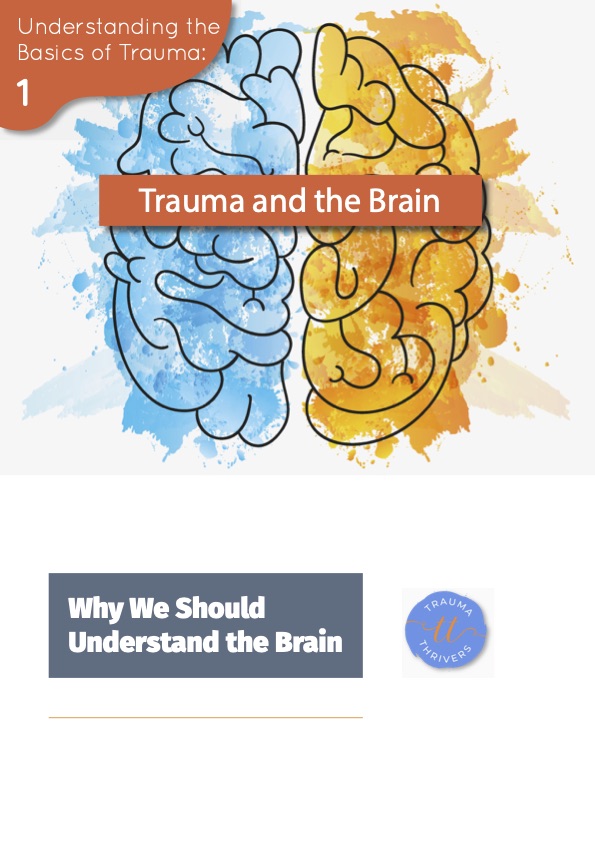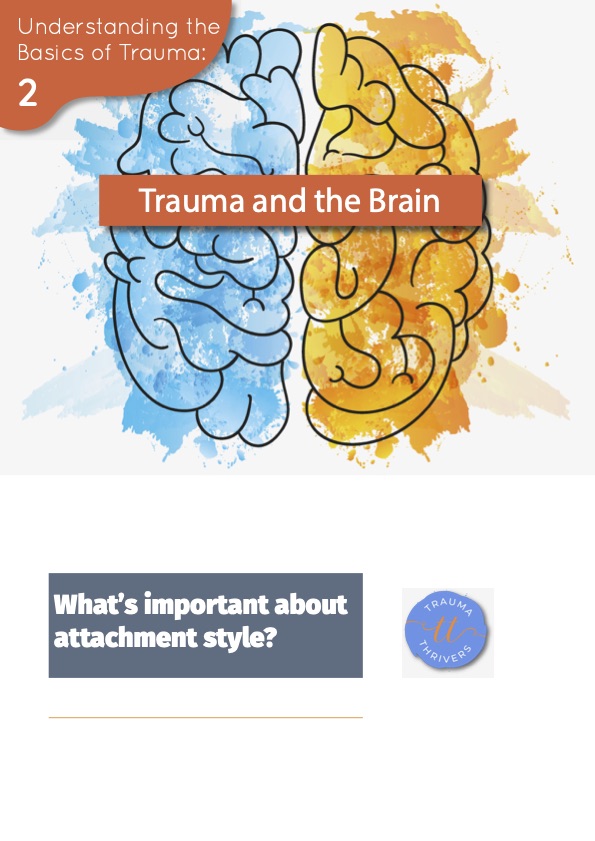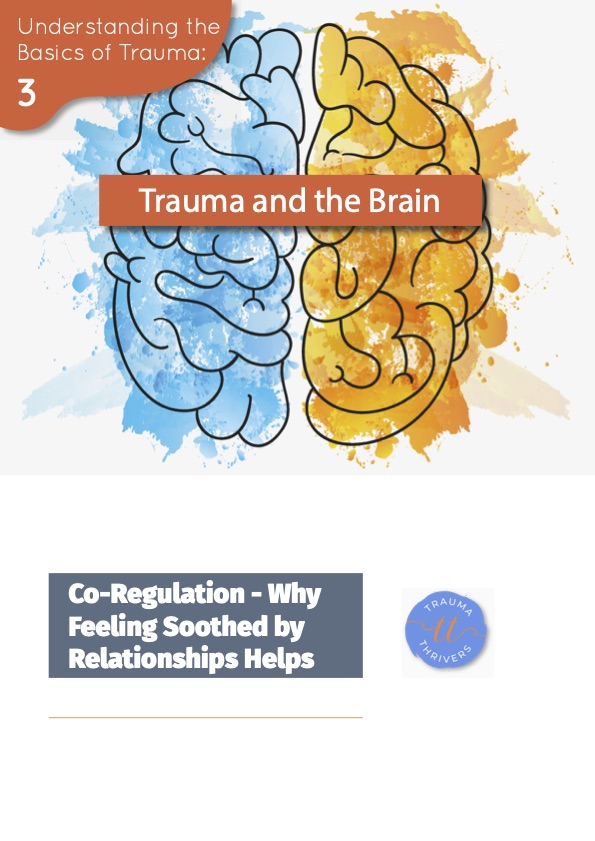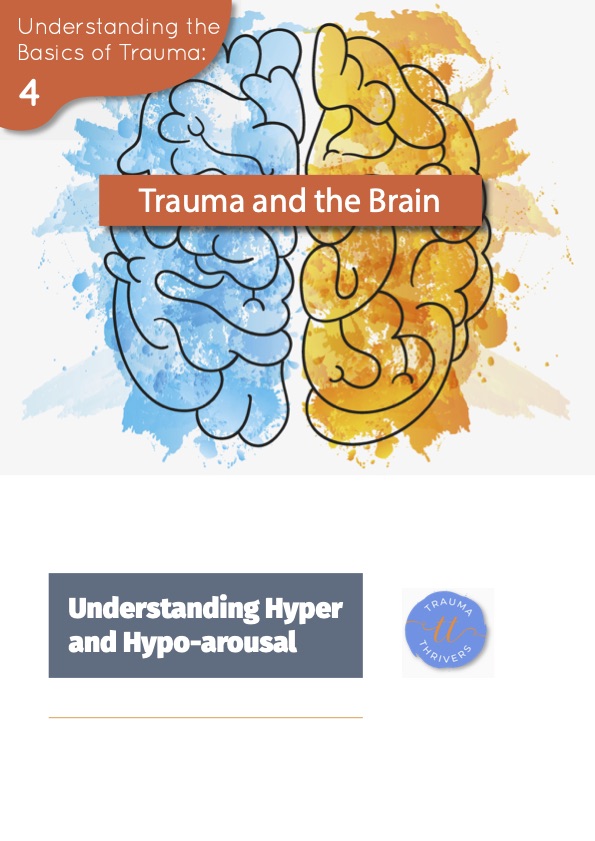Work With Me | Transform Trauma, Build Resilience?

Why We Should Understand the Brain?

Understanding the brain and how it functions is a key part of trauma recovery. In this PDF you will learn;
- What is Developmental Trauma?
- How is the Brain Structured?
- What do the Left and Right Hemispheres do?
- What are the Hippocampus and Amygdala?
- How does the brain work on trauma?
- What is Dissociation?
Benefits of Learning the Above
- Why we can’t think our way out of trauma and the difference between the thinking brain and the feeling brain.
- How to not blame oneself so much for a history that was never our fault and to begin finding compassion for our younger selves.
- Find out about the brains development and the effect our primary caregivers had on us and our system.
- Discover how zoning out and dissociation are normal aspects of trauma – there is nothing wrong with you, you are having a normal response to a very challenging situation or upbringing.
- Some of the symptoms of trauma and how they affect you in the here and now.
- Some tools to help yourself when feeling triggered and trauma activated.
What’s important about
attachment?

It’s impossible to fully comprehend developmental trauma without having heard about “Attachment Theory”. In this second PDF you will find out;
- Why the early bonds and relationships formed in childhood are so crucial?
- Which of the four attachment styles resonate with you?
- How do these attachment styles go on to influence our adult relationships?
- What is our “Affect” and how do we learnt to manage it?
- What is earned secure attachment and how do we find it?
- How does stress impact a babies brain and how do we begin to help the brain become soothed in relationships?
Benefits of Learning the Above?
- How attachments formed in childhood have an impact on our adult patterns of relating but we can change them.
- How we can learn to have a more secure attachment style with our own children and friends/family.
- Some tools for helping you trust in relationships and know that some people are secure and emotionally available.
Why Soothing in Relationships Helps?

Understanding the brain and how it functions is a key part of trauma recovery. In this PDF you will learn;
- What is Developmental Trauma?
- How is the Brain Structured?
- What do the Left and Right Hemispheres do?
- What are the Hippocampus and Amygdala?
- How does the brain work on trauma?
- What is Dissociation?
Benefits of Learning the Above
- Knowledge of “The Polyvagal Theory” and knowing about your autonomic nervous system will help you understand your physiology and how to cope with it better.
- Begin to realise you are a social being and even though we were traumatised in relationships we heal in relationships with safe others too.
- There are unconscious signals constantly being sent to us by others that prove we are safe or unsafe. It’s not our fault our nervous system reacts as it does. But it is never too late to learn earned secure attachment and learn how to find safety in relationships rather than always seeing threat.
What is Hyper and Hypo-arousal?

We need to know about hyper and hypo arousal on our recovery from trauma journey. It is key to learning how to regulate ourselves and so this last PDF has some extremely pertinent information in it. You will see;
- What are the five survival responses to trauma which all begin with F?
- Some tools to ground yourself and bring you back into the body?
- What is the Window of Tolerance?
- How do hyper and hypoarousal change our behaviour?
- What is the Vagus Nerve?
- How do we come back into the Window of Tolerance?
Benefits of Learning the Above
- Know how to recognise hyper and hypo within your own system and begin to regulate yourself.
- Learn which of the F’s you go into and how to come out of passive reactions and discharge the old responses from the body.
- Discover that all your responses happen out of conscious awareness and are not your “fault”.
- Learn more about survival mode and bottom up processing rather than top down.
- Above all become the expert on your own healing trauma journey. So that you are in charge and can help your own recovery
